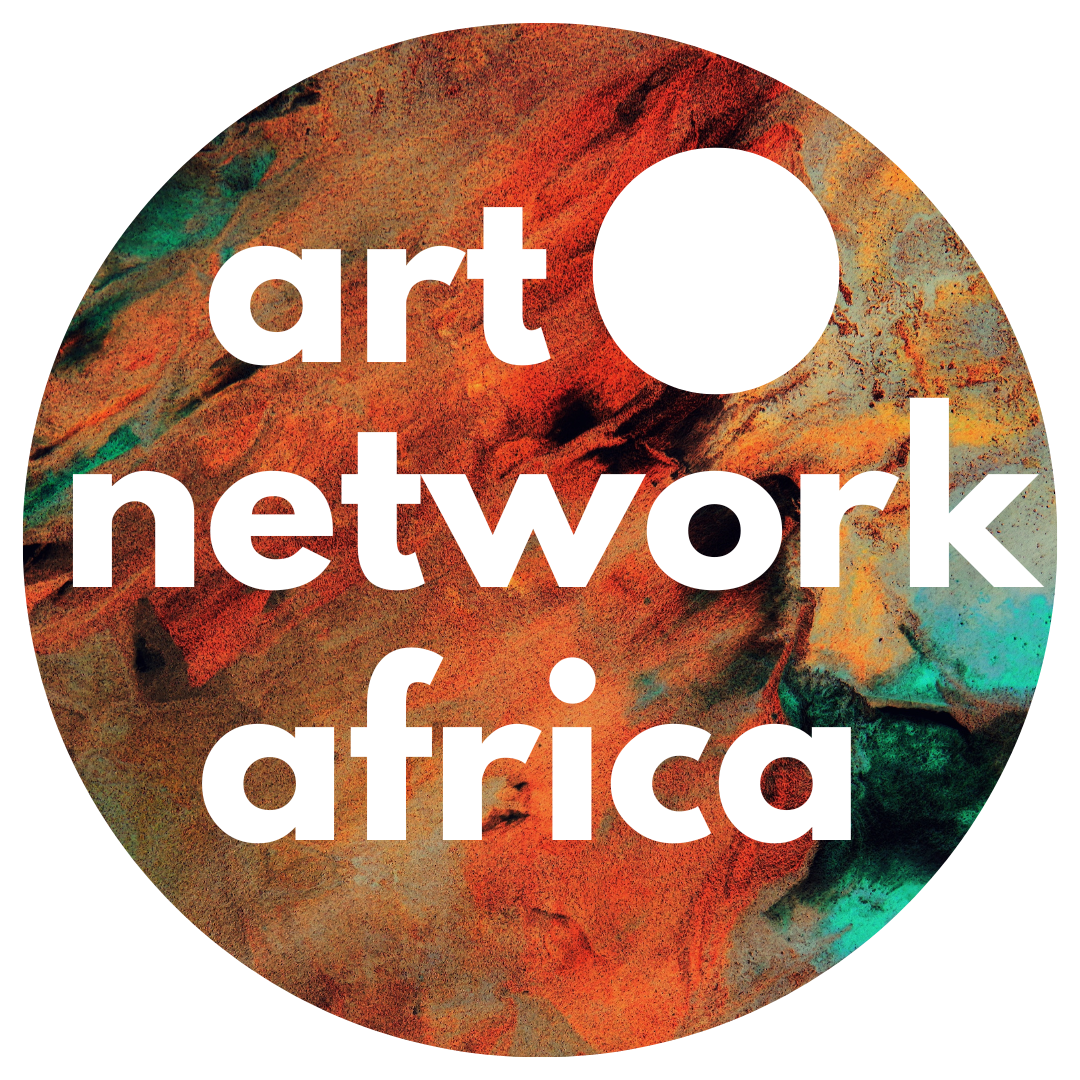There’s just something magical about walking into an art exhibition and feeling like you’re stepping into a world of stories, you see a world shaped not just by the artists but by the curators who carefully decide how those stories unfold. With the way colors, textures, and forms seem to speak their own language, you realize that behind every masterpiece hanging on a wall or carefully positioned sculpture is a curator, quietly weaving together stories that shape how we experience art.
In contemporary African art, curators have become the unsung heroes, working behind the scenes to craft experiences that go beyond just beautiful visuals. They create spaces where history, identity, and imagination collide. Right now, across Africa and beyond, curators are shaking things up. They’re pushing past old, colonial narratives, using technology to connect with global audiences, and making room for voices that have long been overlooked. Whether it’s a groundbreaking exhibition in Cape Town or a digital showcase featuring artists from Accra and Dakar, curators are reshaping how the world experiences African creativity.
This piece dives into the trends transforming curatorial practices in African art and celebrates the people and exhibitions leading this exciting shift.
Telling Stories That Go Beyond Pretty Pictures
Gone are the days when exhibitions were just about putting beautiful works on display. Today, curators are digging deep, centering storytelling as a way to connect audiences with the soul of the art.
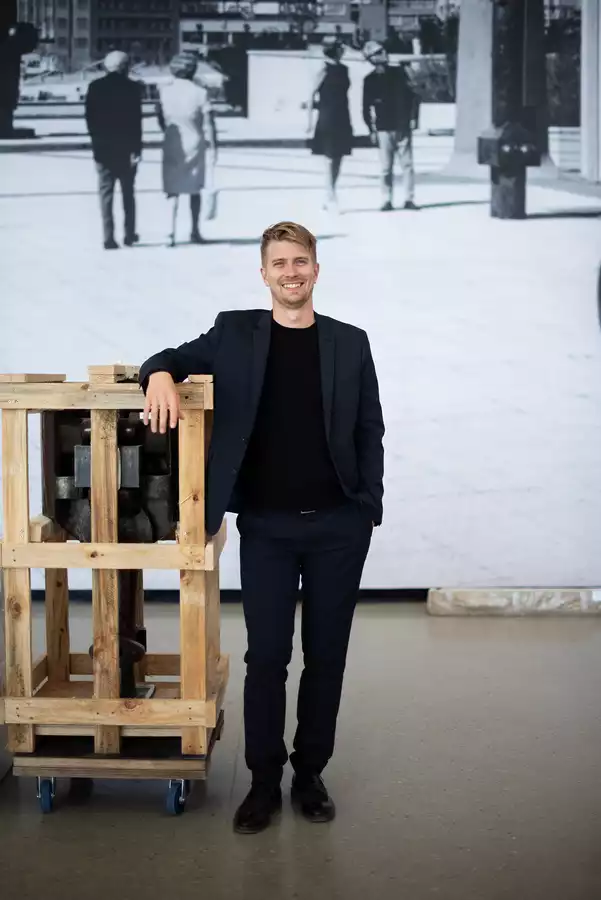
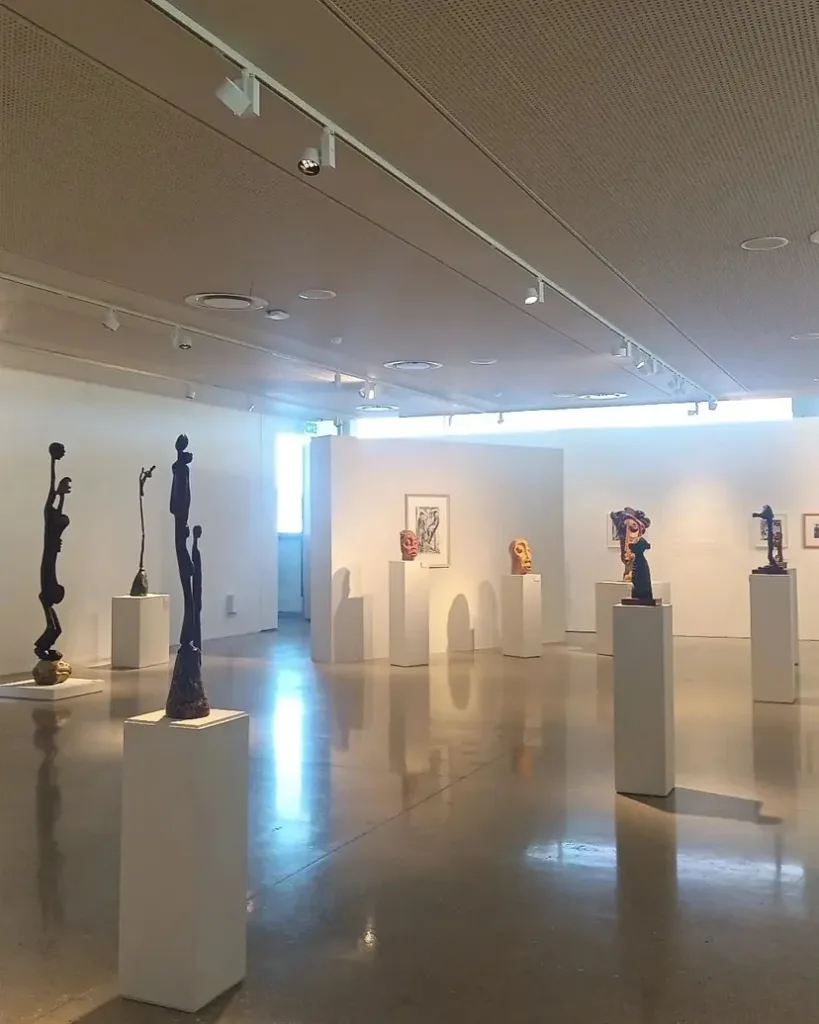
Take the Norval Foundation exhibition featuring Lucas Sithole and Cyprian Shilakoe titled They Came and left Footprints for example. Owen Martin, the Chief Curator at Norval Foundation, carefully crafted a narrative that not only highlighted the artistry of these two influential South African sculptors but also delved into the socio-political themes embedded in their work. Visitors left not just with admiration for the pieces but a greater understanding of South Africa’s complex history.
Challenging Old Narratives
For years, museums and galleries have told African stories through a colonial lens — but that’s changing fast. Curators are reclaiming these narratives, putting African histories and voices front and center.
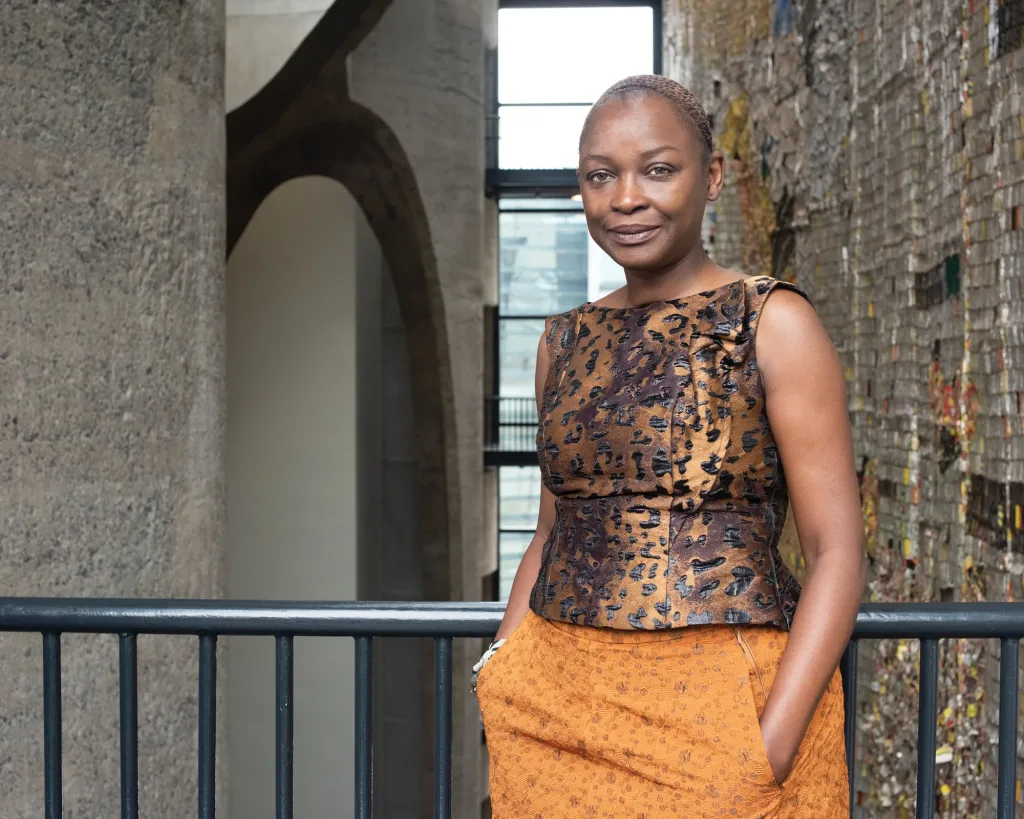
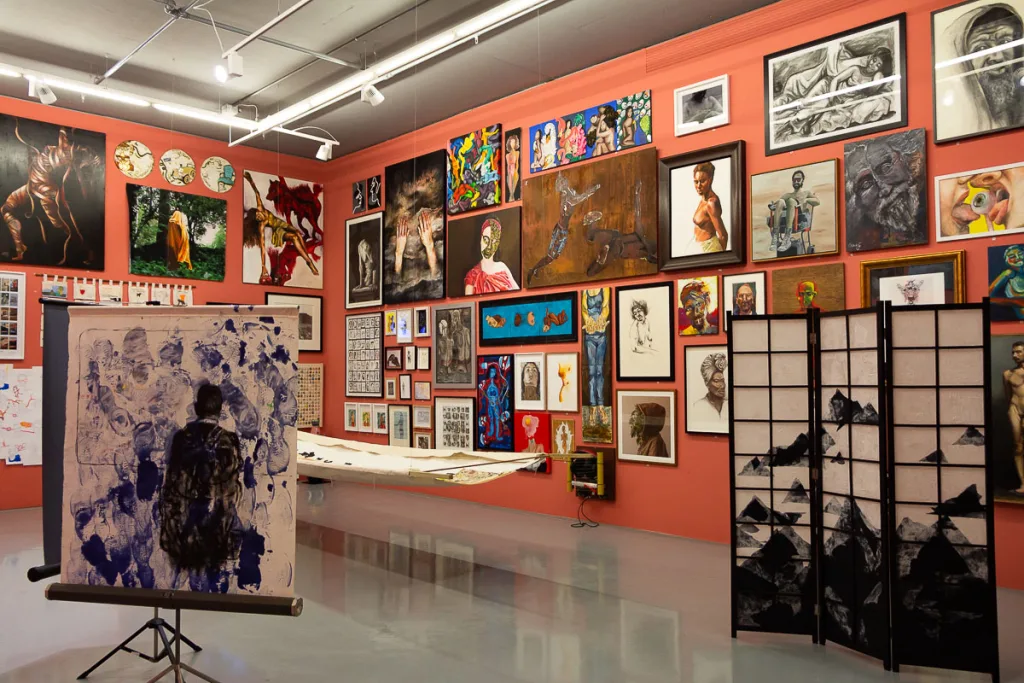
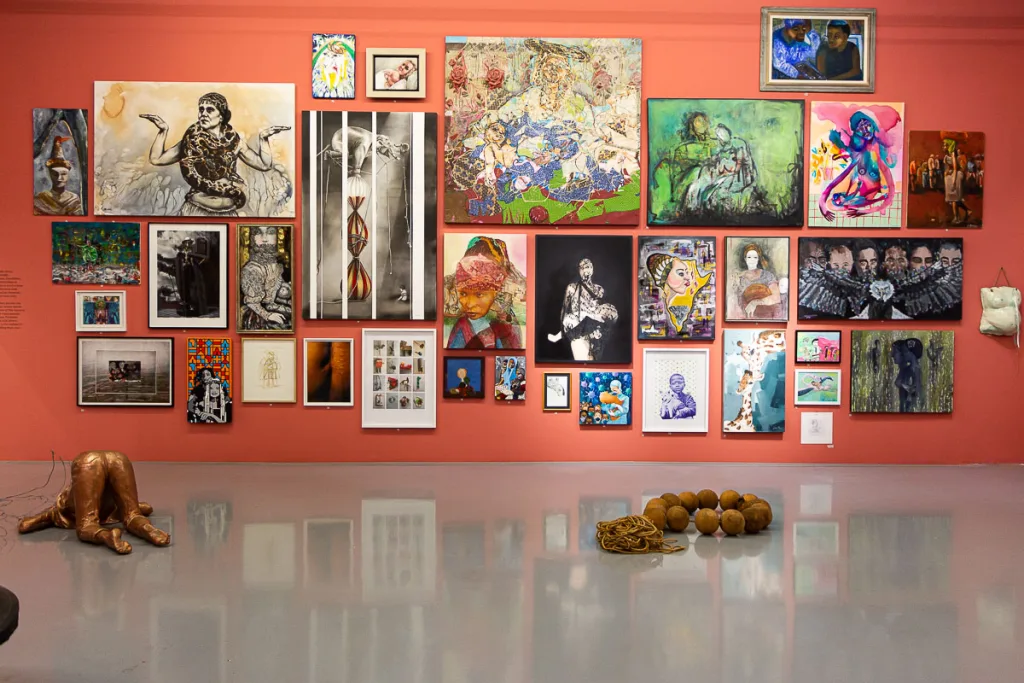
At the Zeitz Museum of Contemporary African Art (Zeitz MOCAA) in Cape Town, Koyo Kouoh, the museum’s Executive Director and Chief Curator, is leading this charge. Kouoh’s curatorial vision prioritizes African narratives and perspectives, ensuring that exhibitions speak authentically to their cultural roots.
Cross Disciplinary Approaches
Curators aren’t just sticking to traditional art forms. They’re blending disciplines by creating immersive experiences that include fashion, music, and even virtual reality.
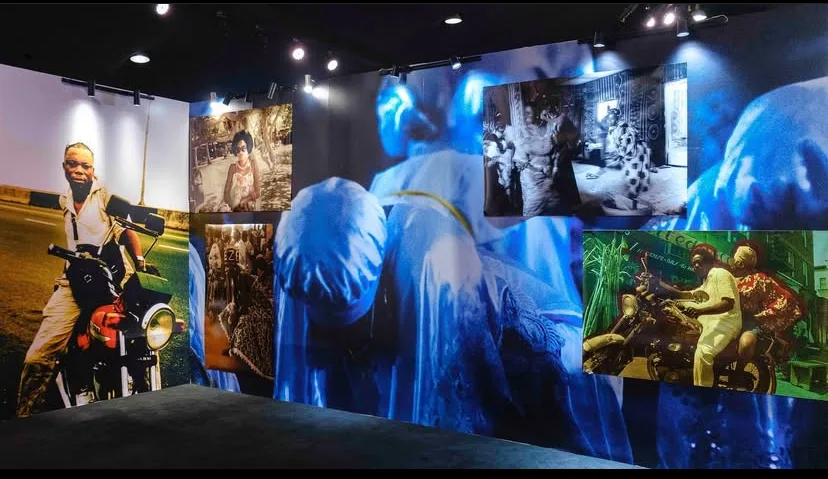
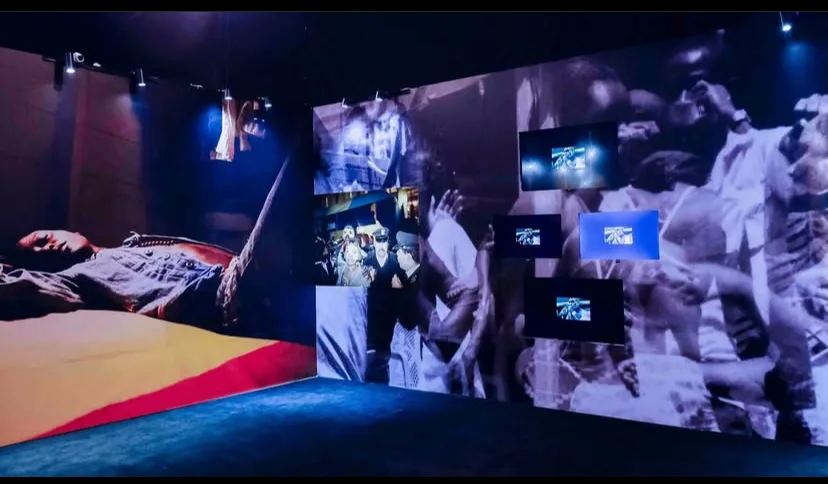
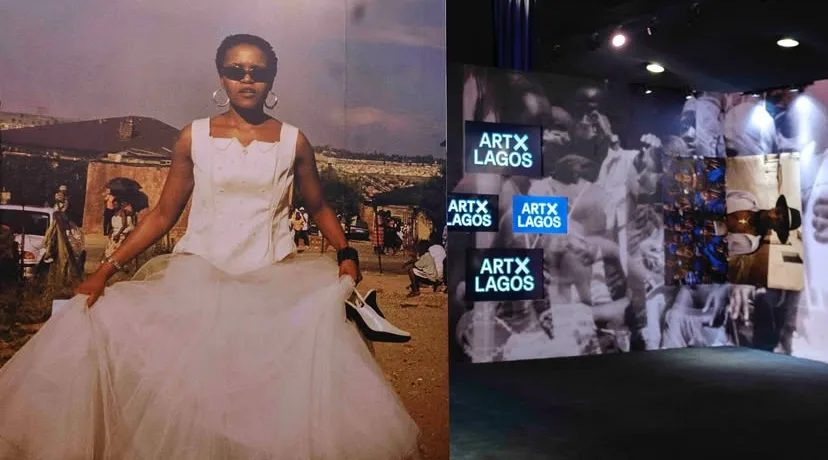
A standout example is the Restless Cities exhibition at Art X Lagos featuring Andrew Dosunmu. This exhibition was curated by Papa Omotayo – Founder, MOE+, Tega Okiti – ART X Cinema Curator, Haily Grenet – Curatorial Production Manager and Fikayo Adebajo – Associate Curator, who masterfully connected Dosunmu’s photography to broader themes of urban life, migration, and social identity, turning the gallery space into a living, breathing dialogue between different creative forms.
Digital Curation and Virtual Exhibitions
Thanks to technology, curators now have the tools to connect African art with a global audience. Virtual exhibitions and online platforms are bridging geographical gaps, making it possible for anyone, anywhere, to experience the continent’s creativity.
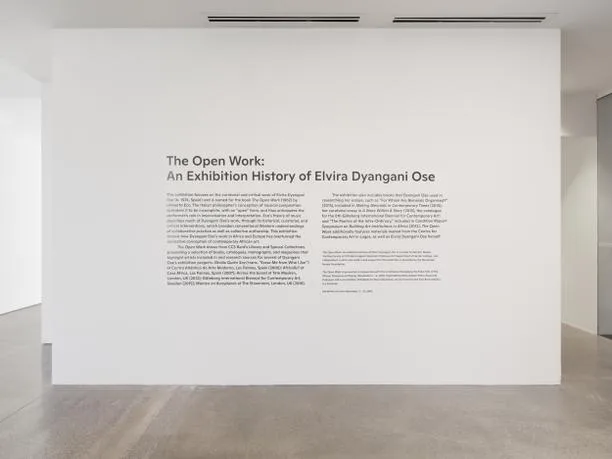
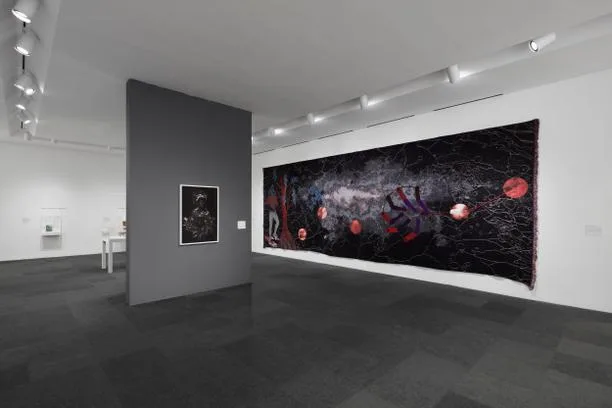
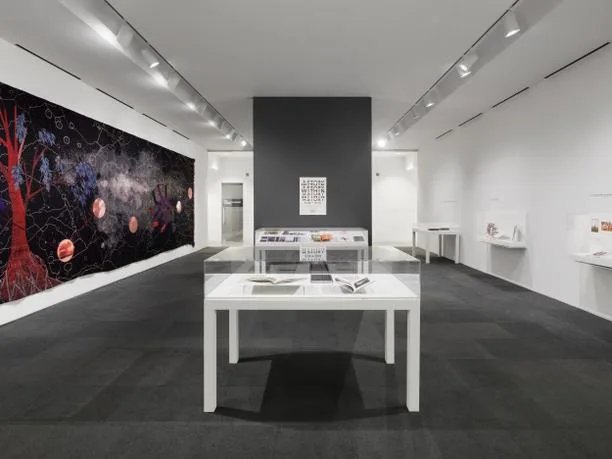
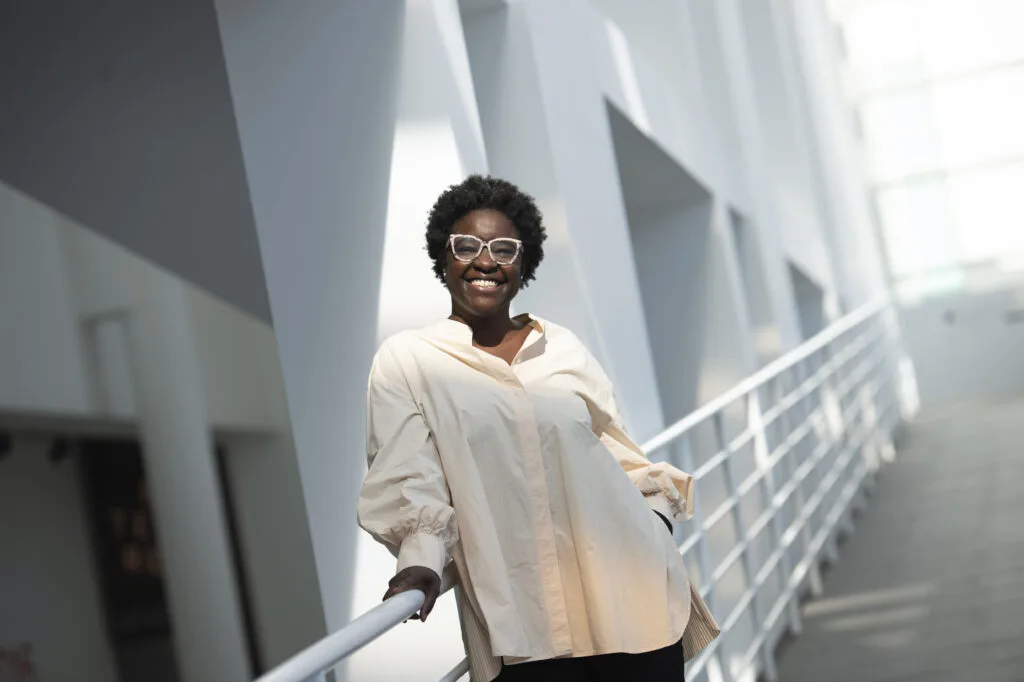
Elvira Dyangani Ose, the former Artistic Director of The Showroom London and current Director at MACBA, has championed digital engagement as a means to democratize access to African art. Her virtual curatorial initiatives have been instrumental in breaking down barriers between artists and audiences.
Focus on Sustainability and Eco-Conscious Curation
Curators have made us understand that art isn’t just about beauty, it’s also a powerful platform for tackling global issues, including environmental ones. Curators are embracing sustainability, not just in the themes they showcase but in how they design exhibitions.
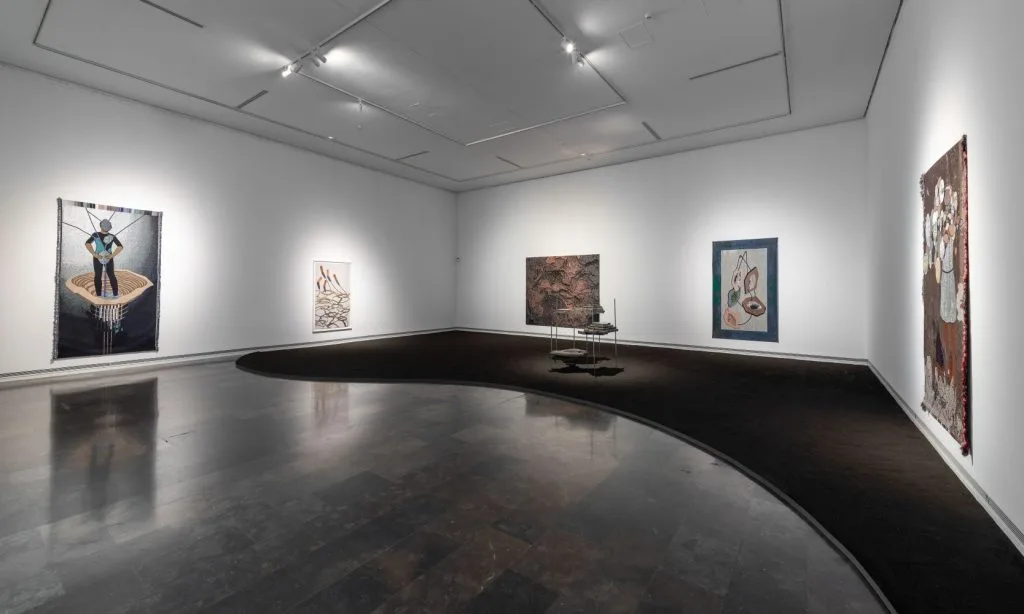

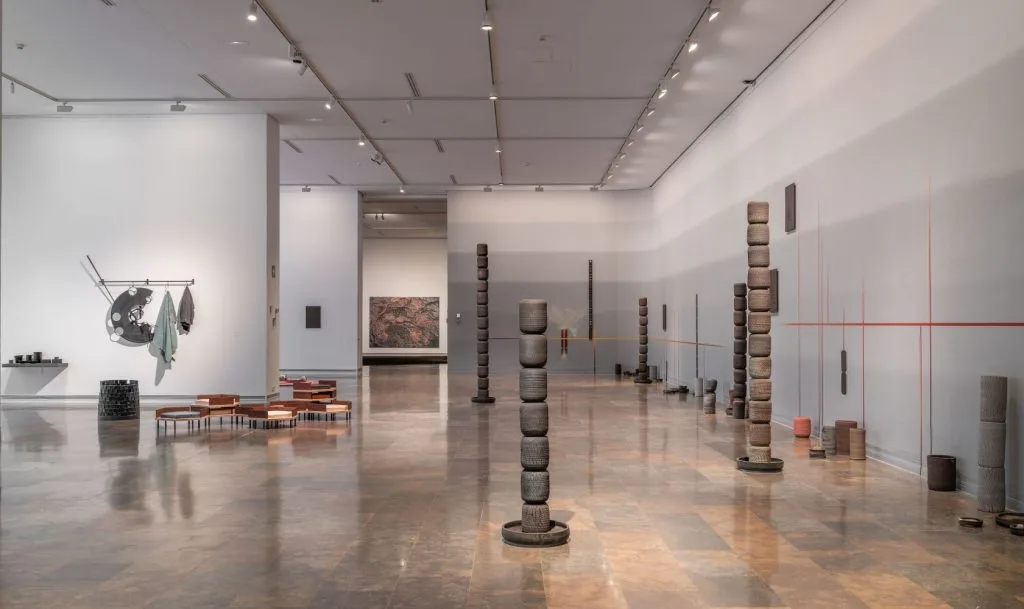
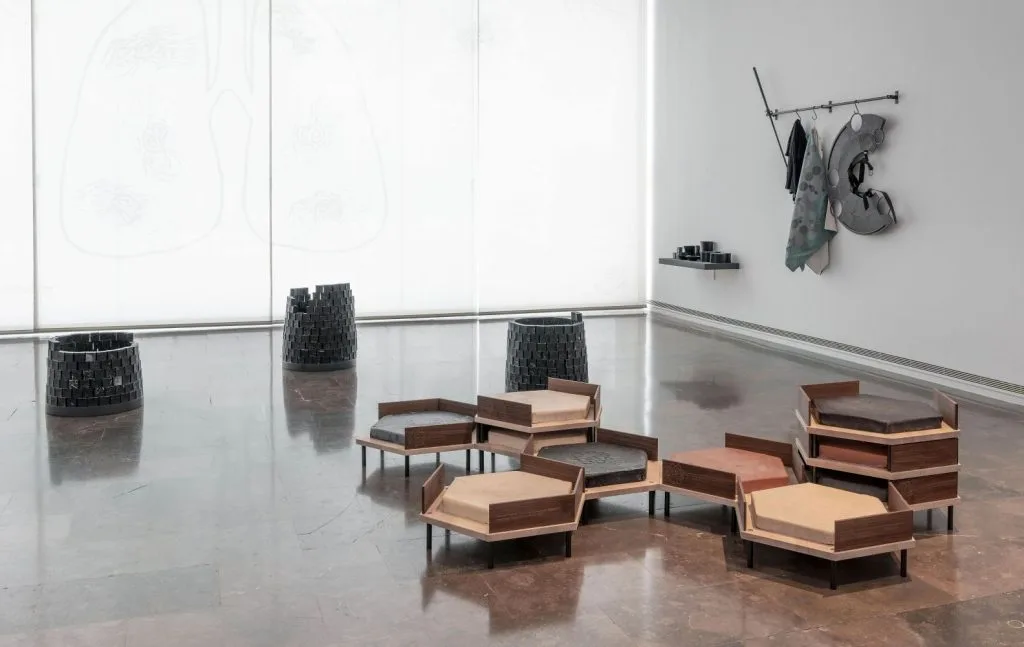
Nigerian visual artist Otobong Nkanga’s shows are often curated by Sepake Angiama the Artistic Director of International Visual Arts who emphasizes eco-conscious narratives and thoughtful exhibition design. Their collaborations don’t just critique environmental degradation; they invite viewers to think about their relationship with the planet.
Amplifying Voices for Social Justice
Curators are also using exhibitions to spark conversations about important social issues like gender, identity, and inequality.
One standout example is the Women Who Move Mountains exhibition at the Goodman Gallery, curated by Emma Bedford. The show celebrated female artists pushing back against patriarchal narratives. Bedford framed these works not just as art but as a call to action, inspiring viewers to rethink societal norms.
As curators continue to innovate, one thing is clear: contemporary African art is no longer just participating in the global art scene — it’s leading it. From embracing storytelling to pushing technological boundaries and tackling social issues, these curators are creating spaces that challenge, inspire, and connect us all.
So next time you walk through an art exhibition, take a moment to appreciate not just the art but the people who brought it all together — the curators, quietly shaping how we see and understand the art world.
